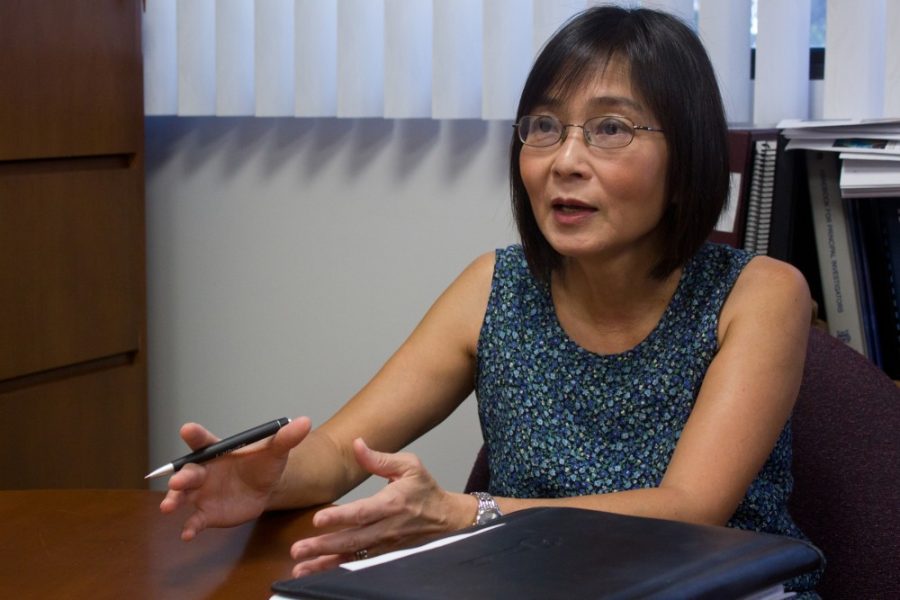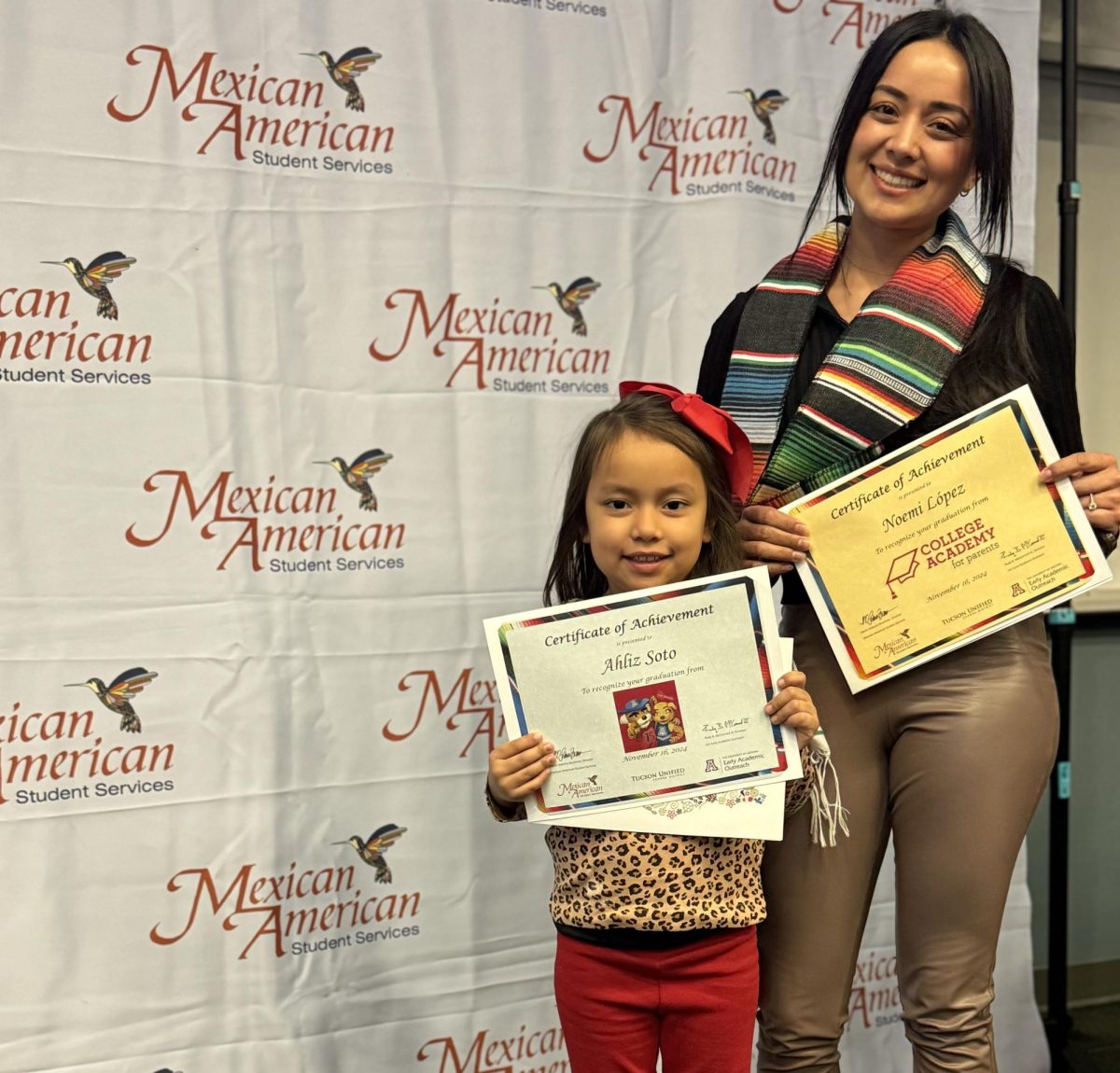The Southwest Environmental Health Sciences Center located within the College of Pharmacy received $8.3 million in grant funding from the National Institute of Environmental Health Sciences to expand their facilities in an effort to further the center’s research.
The center, which studies the effects of environmental factors on human health, such as exposure to arsenic, ultraviolet rays and other underlying factors that contribute to diseases, tied for first with New York University out of 10 centers in a competitive decision-making process. The funds will be distributed in annual installments for the next five years. Serrine Lau, the center’s director and professor in the College of Pharmacy who led the effort to help get the funding, said its success with getting the funding came from its ability to perform research unmatched by other centers throughout the nation.
“A center like this really can bring forth an unparallel interactive force to pull investigators together,” Lau said. “It’s so advantageous to have this kind of setup. We all can work together to investigate unknown research that impacts the environmental health.”
A large portion of the grant funding will be given to the UA’s facilities, according to Lau. The center has implemented initiatives to support and force interactive research for multiple colleges and departments. The funds are given to establish infrastructure for state-of-the-art facilities in research enterprises such as the cellular imaging facility core, genomics facility core, proteomics facility core and the integrated health sciences facility core. Using the funds to improve in these areas will address several issues, including providing the right equipment to do certain types of research.
The center employs faculty from several departments throughout campus, as well as from the College of Medicine in Phoenix and some researchers from Arizona State University.
“I think Serrine Lau has done an extremely fantastic job,” said Walter Klimecki, an associate professor of pharmacology and toxicology. “I think the challenge of running such a complicated enterprise involving such a diverse group of investigators can’t be overstated.”
According to Leslie Tolbert, the UA’s senior vice president for research, President Hart is focusing on providing further investments in medical areas to improve patient and health care research. Tolbert added that such research in the area of environmental health is extremely important right now.
“The issues here on environmental health are huge,” Tolbert said. “All of us are impacted by the questions they (researchers in the Southwest Environmental Health Sciences Center) are trying to answer.”









